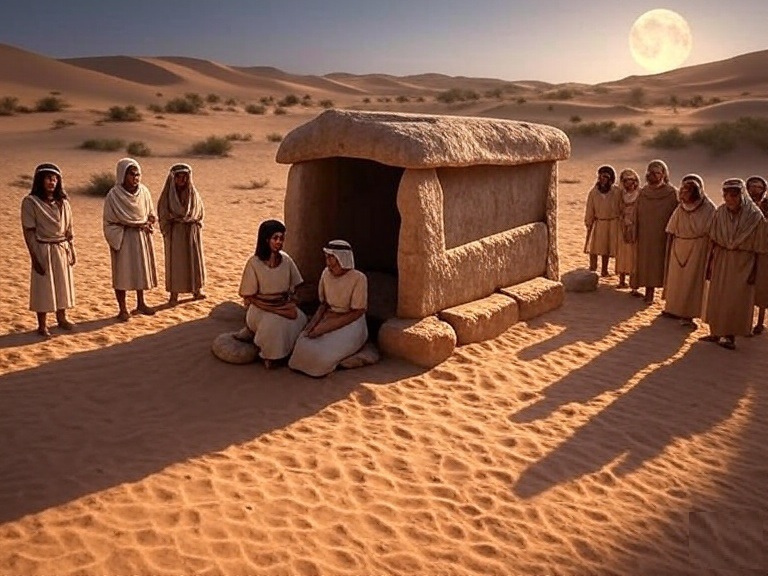Faya Palaeolandscape Blog
Exploring the Ancient History of a UNESCO World Heritage Site
Neolithic Burials: Tracing Early Human Rituals at Faya Palaeolandscape
Published on July 18, 2025
The Faya Palaeolandscape, a UNESCO World Heritage Site in Sharjah, UAE, offers a remarkable glimpse into early human life through its Neolithic burials, dating back to approximately 9,500 years ago. Discovered in the archaeological layers near Jebel Faya, these burials reveal the cultural and social complexity of communities in the Arabian Peninsula during the transition from hunter-gatherer lifestyles to more settled societies.

Evidence of Ritual and Community
The Neolithic burials at Faya include carefully arranged human remains, often accompanied by artifacts such as shell beads and stone tools. These findings suggest deliberate burial practices, indicating that the people of Faya held beliefs about death and the afterlife. The presence of grave goods points to emerging social structures, where personal adornments and tools may have signified status or identity within the community.
Adapting to a Changing Environment
During the Neolithic period, the Arabian Peninsula experienced climatic shifts that transformed parts of the region into more habitable landscapes. The burials at Faya reflect how communities adapted to these changes, possibly using the area’s resources, such as seasonal water sources, to sustain semi-permanent settlements. The archaeological evidence highlights Faya’s role as a significant hub for human activity in the region.
Why It Matters
The Neolithic burials at Faya provide a window into the spiritual and social lives of early humans, enriching our understanding of cultural evolution in arid environments. By exploring these discoveries, this blog aims to illuminate the Faya Palaeolandscape’s global significance, inspiring appreciation for its 210,000-year archaeological legacy.
Disclaimer
This blog is an independent, non-commercial project dedicated to sharing educational content about the Faya Palaeolandscape. All information is sourced from credible, publicly available resources and is intended for educational purposes only. This site is not affiliated with any official organizations managing the Faya Palaeolandscape.